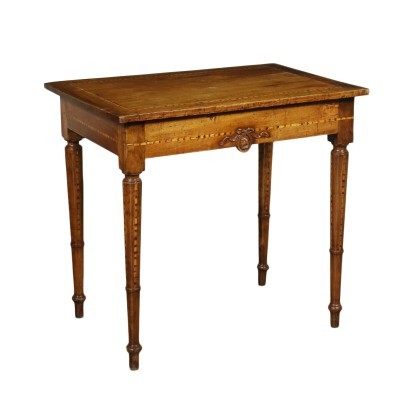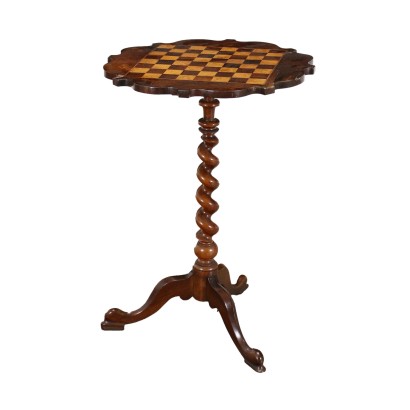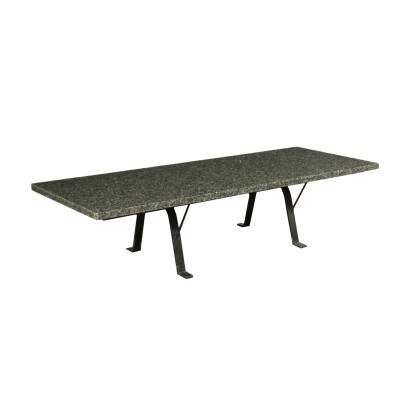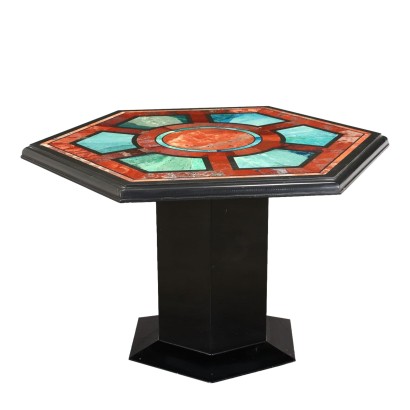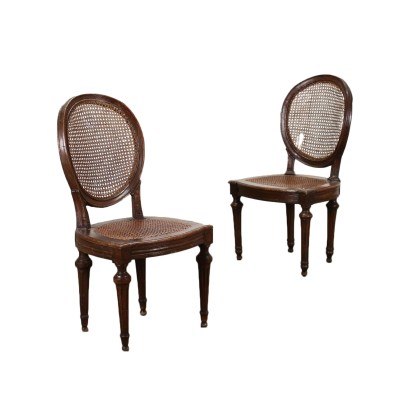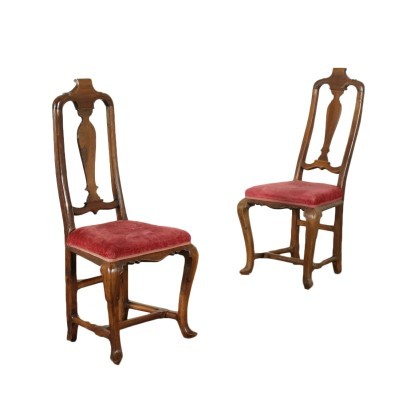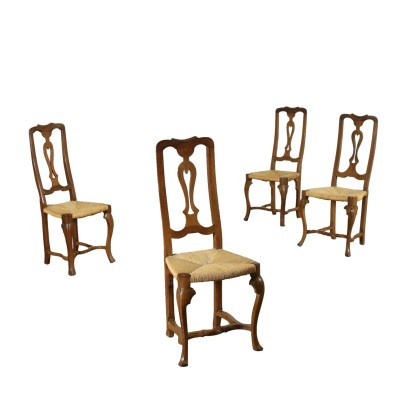Small Venetian Neo-Renaissance Table Wlanut Marple Italy 18th Century
Features
Style: Neo-Classical (1765-1790)
Age: 18th Century / 1701 - 1800
Origin: Veneto, Italy
Description
Venetian Neo-Classical table supported by conical truncated legs that are tightened at the top by a collar and that end with pear-shaped feet. Walnut with inlaid marple threads; the undertop band is decorated along the long sides with a central medaillon caved with a soldier face surmounted by a love knot.
Product Condition:
Fair condition. Wear consistent with age and use. Any damage or loss is displayed as completely as possible in the pictures. Product with a Certificate of Authenticity and Lawful Origin.
Dimensions (cm):
Height: 75,5
Width: 81
Depth: 56,5
Additional Information
Style: Neo-Classical (1765-1790)
This historical period includes a first phase that can be properly defined as the Louis XVI style.nOnly at a later time, with the maturation of archaeological fashions, was a new vision of furnishing civilization formulated and codified, now fully attributable to the Neoclassical Style.
In fact, both trends coexisted in unison until the last years of the eighteenth century.
nIn the field of cabinet making, the Directoire, Retour d'Egypte, Consular and Empire styles also fall within the neoclassical era.
nFind out more about Neoclassicism with the insights from our blog...
n



